[Editor’s Note] We have spent 4 weeks discovering the history behind the never built Disney’s America theme park in Virginia. Michael Eisner was determined to keep his dream alive through a barrage of hurdles, but a brush with death and the struggles of another Disney park a world away would shatter his dream forever . . . or would it? If you are catching this popular series in the middle, please visit Part One, Part Two, Part Three & Part Four before you continue on to today’s final chapter in this epic Disney story.
Disney decided to fight back against their critics. First, they spent $444,348 on lobbying the Virginia State General Assembly. This was the largest expenditure of its kind in the history of that State. Then they held the premier of the animated film The Lion King at the nearby National Zoo.
Michael Brooks, a professor of urban planning at Virginia Commonwealth University added that, “Disney mounted mass mailing and phoning campaigns, and held a rally at the County’s baseball stadium featuring entertainment and free food; attendance was estimated at 6,000.”
In June 1994, the issue became so heated that the United States Senate Committee on Energy and Natural Resources – Subcommittee on Public Lands, National Parks and Forests called a hearing. Eisner was called to testify and was not happy. His performance did not help things and he admits he “arrived with a chip on my shoulder – never a good idea.” Rep. Michael Andrews, a Texas Democrat, on June 16 introduced a House resolution asking Disney to find a new location.
Disney knew it couldn’t do this project entirely on it’s own and they were going to need to secure a $140 million bond to finance highway improvements and $20 million for a marketing campaign and training program for tourism development to make the project pencil out. There was a need to widen Interstate 66 and the construction of a highway interchange that would allow visitors to enter and exit the property without going on local streets. Even with the controversy, the project was moving along and it looked like this part of the plan was going to be approved.
Leaders in Prince William County really wanted the development and the tax revenues so a task force was appointed to look at all of the issues involved with such a huge project. The 30-member group represented a wide range of community interests. Their challenge was to assume that the project was happening and to help define mitigation measures that would improve the quality of life for the County. Even that assumption came under criticism.
Locally, the project was moving along at Disney’s pace. Nationally, its corporate image was getting slaughtered. Then Disney was rocked by the series of events in 1994 that would make any company pause. Those events included Disney president Franks Wells death in a helicopter accident, Jeffery Katzenberg’s ambitions and exit, CEO Michael Eisner’s heart bypass surgery, and Euro Disney’s continuing financial problems. Would the Company stay the course?
It was only three weeks after Eisner’s heart bypass surgery and he was already at work. One of his first meetings was to discuss the status of the Disney’s America project. The Company was taking a beating and getting a lot of bad press. One item on the agenda was a possible name change to “Disney’s American Celebration.” Eisner claimed, “Several members of our group felt that it was softer and less presumptuous.”
Eisner also took a look at some television commercials that were meant to build support from the local community. Eisner really liked a commercial that featured Abraham Lincoln. But others in the room objected and suggested that this commercial would be a perpetuation of the stereotype of the “Disneyfication” of American history.
Disney did try to make amends with the academic community. They held numerous meetings with leading thinkers to solicit their input. In Work in Progress, Michael Eisner recalls a discussion following a tour of the American Adventure at Epcot. The attraction premiered in 1982. The tour took place in 1994 and the historians were being critical that the attraction had not been updated since that time.
Eisner walked away thinking the group felt that, “Disney couldn’t be trusted to depict American history in ways that were sufficiently complex, subtle and inclusive.” But he was not deterred and continued with the planning. He says, “I was surprised by the intensity of their reaction, but not upset by it.”
There was some good news. The Prince William County board granted Disney the necessary approvals to proceed. This is a huge milestone in any land use project. However, that was easily outweighed by the bad news.
In a meeting with Disney’s Strategic Planning, Eisner learned that due to the weather the park would only be open 8 months a year. He also learned that it would likely operate at a substantial loss. Some of the factors included the additional legal costs and a two-year delay. All of these problems lead to a 40 percent increase in the cost of the project. Most importantly, as Michael Eisner reflects, “We had lost the perception game.”
On September 28, 1994, Eisner canceled the Disney’s America project. As Eisner describes it in a post-mortem, “There was no project during my first decade at Disney about which I felt more passionate than Disney’s America – and none that ran up against fiercer resistance. Building a Disney theme park based on American history seemed like a natural extension of the company’s lifelong focus on children and education, a perfect way marrying our self-interest with a broader public interest.” He has claimed in various interviews that this is his biggest disappointment while running the company.
When it came to the public relations battle, Eisner suggested one of the problems was the loss of Erwin Okun, chief of Corporate Communications who died from cancer in 1992 at the age of 58. Okun has a special ability to portray Disney as an honest, good company. As Eisner has said, Okun would “encourage and protect me.” He was able to “package” Eisner. Okun’s replacements tended to look at the press as a hostile enemy and treated them with suspicion. Michael Eisner was frustrated that opposing the project was becoming, “a fashionable cause celebre in the media centers of New York City and Washington D.C.”
Another problem was good information. Peter Rummell said, “There’s usually one guru, particularly in moderate-size counties, and he’s the guy who has built a practice over time, and has all the political connections, and just really knows everybody. We thought we found those guys here and talked to them and talked to them.” He adds, “Maybe we didn’t talk to them enough.”
Uri Avin, a well-placed observer who headed the task force that looked at the local issues in Prince William County, suggested that “Disney certainly should have initiated [a public consensus process] much, much earlier, and they didn’t. [Disney] could roll right in and the opposition would melt away because they were so powerful.”
The National Park Service released Battling for Manassas: The Fifty-Year Preservation Struggle at Manassas National Battlefield Park. In the book, they came to the conclusion that the most significant factor driving the opposition was simply the location. The Piedmont Environmental Council (PEC) had a successful track record limiting development and felt that “the region’s traditional character, its peace and seclusion, would be lost to fast-food restaurants and endless traffic snarls” if the Disney project was implemented.
When the PEC began to see it was losing the local battle, they enlisted the National Trust for Historic Preservation and made the project a national issue. Once the historians represented by Protect Historic America joined them, the war was lost. Disney had no choice but to retreat and try to save face.
There is nothing more difficult to deal with than a frustrated historian. The Park Service’s book suggested that a recent controversy over the presentation of the Enola Gay made the historians especially sensitive. The Enola Gay was the plane that dropped the first atomic bomb on Japan.
On the 50th anniversary of that event, veteran’s groups complained that the presentation was overly apologetic to Japan. The solution was the removal of all text and context from the display and the plane now sits with a brief statement. The historians were troubled by the process and wondered who really owned history.
Finally, it may be the reported $900 million loss at Disneyland Paris that put Disney into financial trouble for the first time since Michael Eisner took over in 1984 that really doomed the project. As Peter Rummell said, “It was just not worth it. We’re a big company, we’ve got a lot of things going on, and at some point the abuse, combined with the time it was going to take, just weren’t worth it.” He added, “I’m convinced in the end we could’ve won but it just takes time, it takes management, it’s a distraction, and frankly in the end it wasn’t worth it. The potential rewards were just not worth either the time or the continued abuse.”
Even with Disney gone from the scene, development did happen in Prince William County only miles from the entrance to the Manassas battlefield. The Dominion Valley Country Club got built. The tax base has been enhanced but so have the costs and impacts from ordinary suburban sprawl and traffic.
Michael Eisner did say that, “I have no intention of giving up on a historical park permanently.”
On February 8, 2001, Disney’s California Adventure, which borrowed many of the concepts that were originally proposed for Disney’s America, opened in the parking lot across from Disneyland Park in Anaheim, California.
To learn more about what happened after Disney left Virginia, I would direct you to an excellent article by a firm that has done a number of studies of the region. The article is entitled “Chasing out the Mouse” and reviews what happened 10 years after the project died.
And that, my friends, is the true life fable of Disney’s America park.
What are your thoughts? Should Disney have tried harder to find a location for this historical park? Was California Adventure the logical substitute for the concepts first dreamed for Disney’s America? What would have been necessary to make this concept a success?



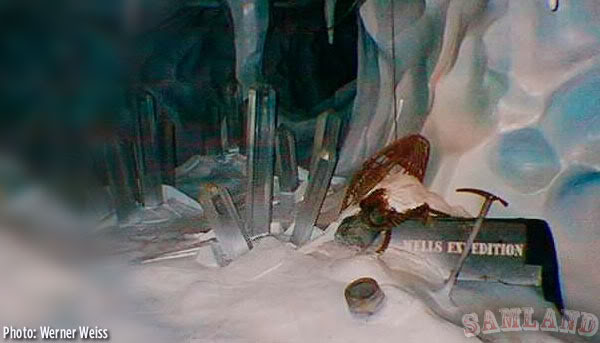
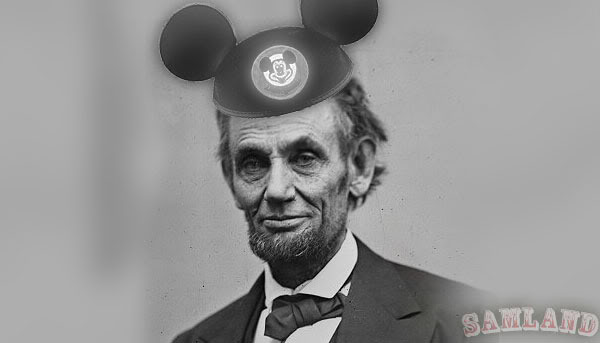
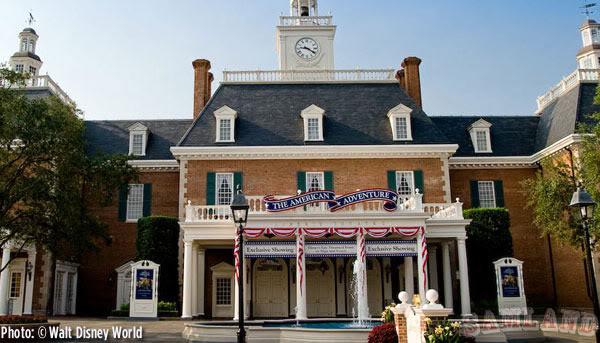
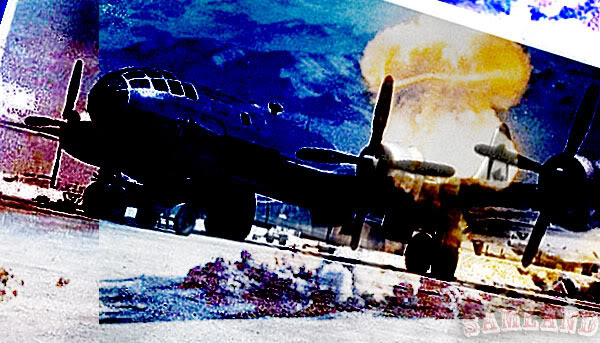
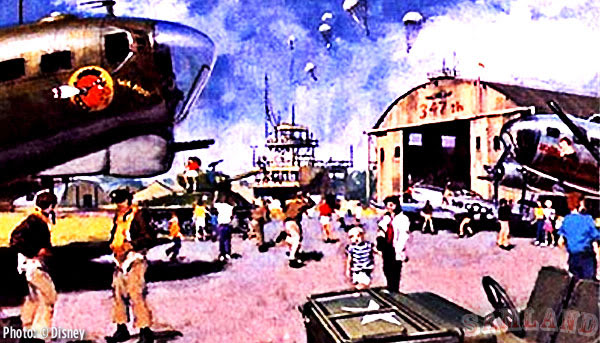


You must be logged in to post a comment.